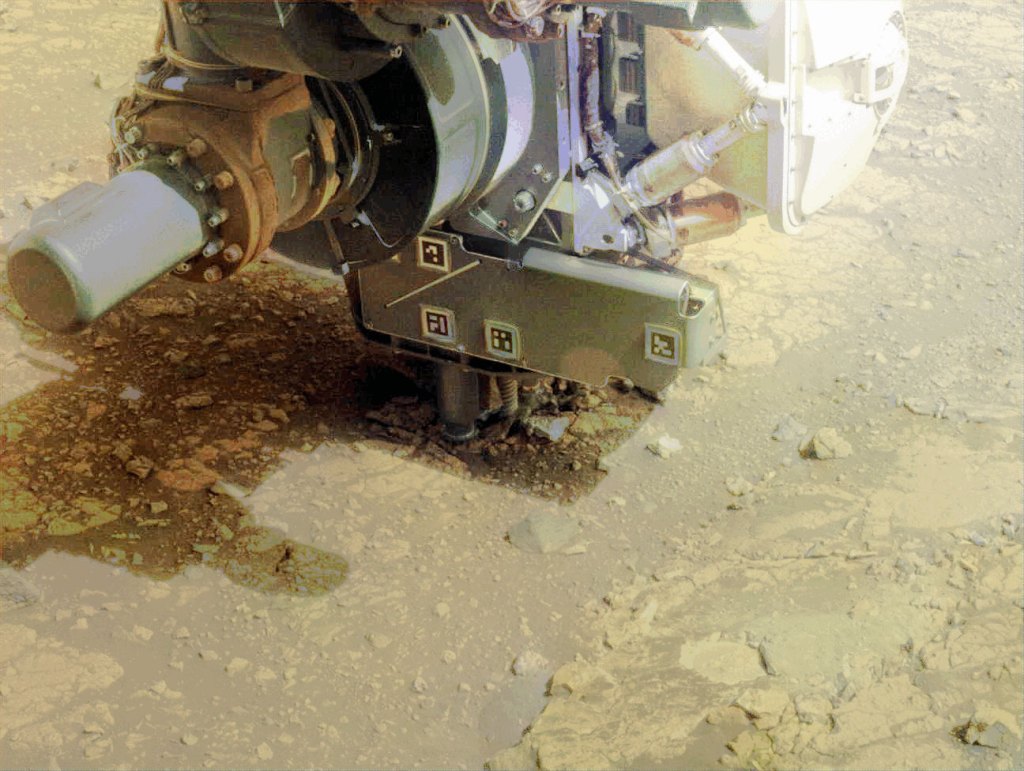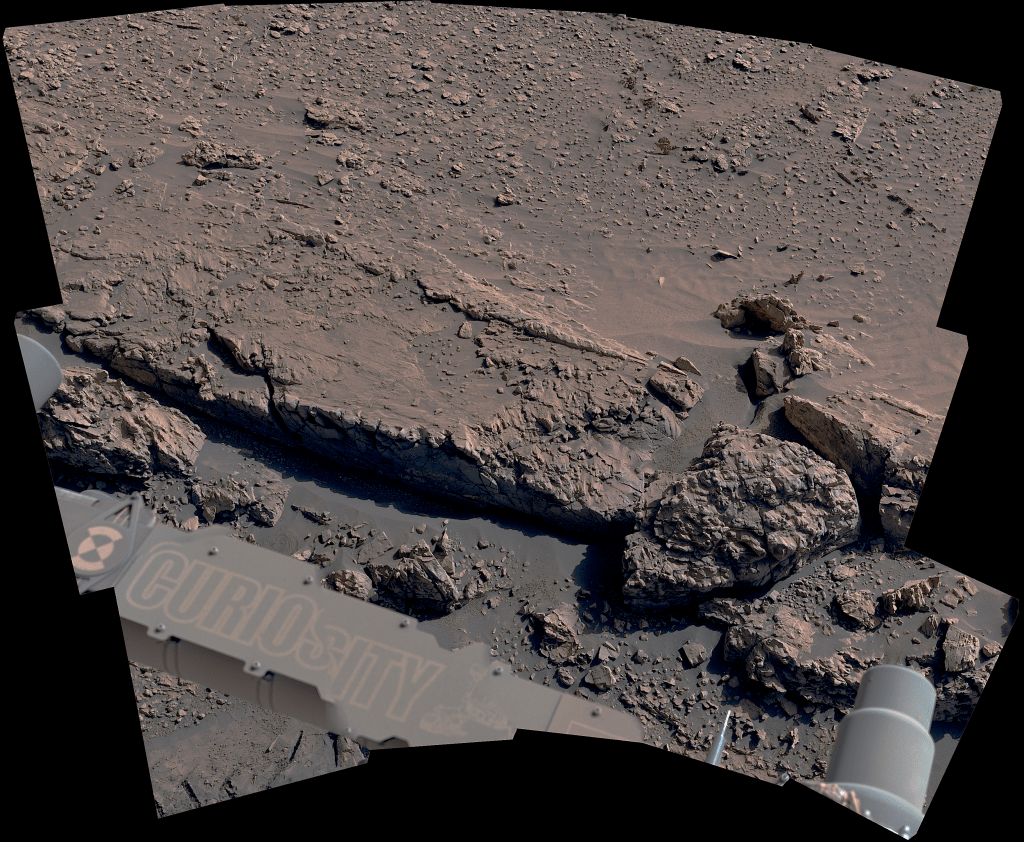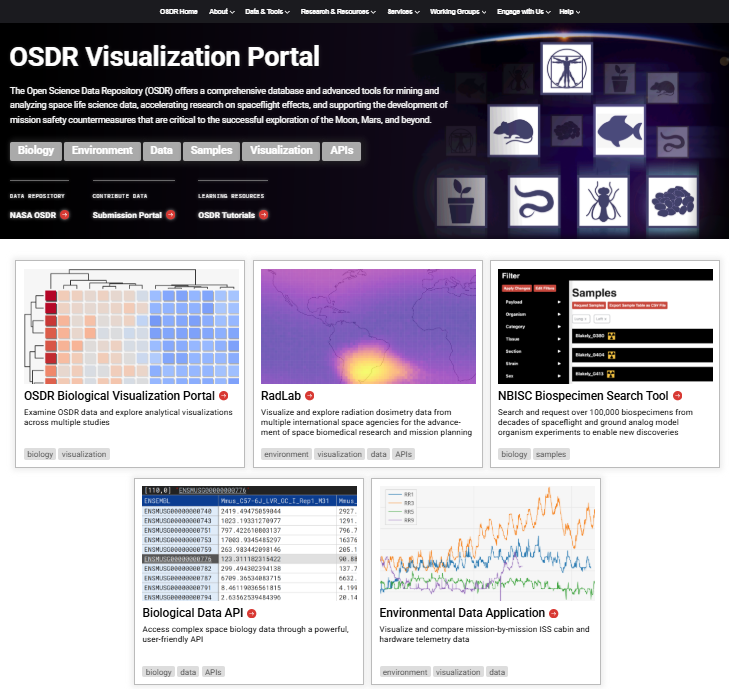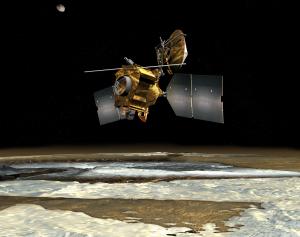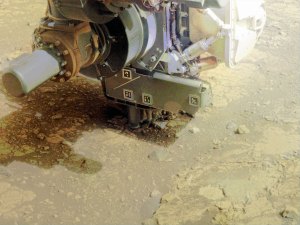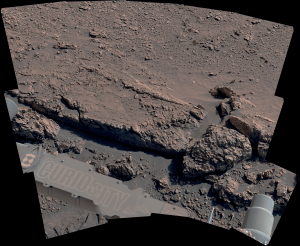Cassini Significant Event Report
For Week Ending 04/04/03
The most recent spacecraft telemetry was acquired from the Canberra tracking station on Wednesday, April 2. The Cassini spacecraft is in an excellent state of health and is operating normally. Information on the spacecraft's position and speed can be viewed on the "Present Position" web page.
Command and Data Subsystem (CDS) Flight Software (FSW) checkout activities continued this week. The new software was successfully loaded to the on-line (backup) CDS string. Both strings are now running version 9 of the flight software. CDS background sequence part 1, and Mission Sequence Subsystem D8 module programs were uplinked. CDS performed a turn-on of Solid State Recorder A, and executed data formatter and memory tests, and a CDS SSR-B to SSR-A image copy was performed.
Sequence development continues for C37. A Preliminary Sequence Integration and Validation Sequence Change Request (SCR) approval meeting was held this week. Two waivers and four SCRs have been approved. It was decided at a simulation requirements meeting to test five days of this background sequence and TCM-19 in the Integrated Test Laboratory in system mode.
Science Operations Plan (SOP) integration for tour sequences S15 and S16 concluded in March. A final wrap-up meeting will be held next week. The second official input port for S17/S18 has passed. Individual teams' Spacecraft Activity Sequence Files were merged and the resulting files delivered to ACS for end-to-end pointing validation. The results of this run were delivered per schedule last week.
A discussion was held at the Mission Planning Forum on the science activities requested for C39 and C40. Because C39 and C40 are the last two sequences prior to the Approach Science Subphase, it was important for all teams to verify that required FSW updates, checkouts, and calibrations had been requested. A second topic addressed at the Forum was the level of DSN tracking schedule changes the tour and V&V can accommodate, and how the Project should be communicating this to the DSN schedulers.
Uplink Verification and Validation (V&V) has begun with SOP Update V&V of tour sequence S14. The Navigation team delivered an "updated" set of ephemeris files, the DSN scheduling team delivered an "updated" DSN station allocation file, and the Science Planning team delivered a completed Cassini Information Management System delivery for the V&V. The new files have been reviewed per process, and the project is now working on responding to the updated information. A Science Advisory Panel (SAP) meeting occurred to determine the science cuts required to accommodate the changes resulting from the 'actual' DSN allocations for this exercise. A status meeting was held mid-week to assess how the processes, tools, and procedures have worked to date. Input was and will continue to be collected from the teams to quantify the success of the V&V activity.
A delivery coordination meeting was held for Maneuver Automation Sub-system Version 2 software to review functionality and coordinate installation. The first planned use of this software is for Trajectory Correction Maneuver #19 in May.
Outreach gave a Saturn Tour preview and presented an overview of the formal and informal education programs for the Cassini Mission at the annual Technology in Education conference in Ontario, California.
The Kids' section of the Cassini website is undergoing major format and content revisions. New features and information are coming online in a new "kid friendly" format. Access the kids' section of the Cassini website at: http://saturn.jpl.nasa.gov/kids/index.cfm
Updated Saturn viewing information through December 2003 is available on the Saturn Observation Campaign Website at: http://soc.jpl.nasa.gov/viewing.cfm
Additional information about Cassini-Huygens is online at http://saturn.jpl.nasa.gov.
Cassini will begin orbiting Saturn on July 1, 2004, and release its piggybacked Huygens probe about six months later for descent through the thick atmosphere of the moon Titan. Cassini-Huygens is a cooperative mission of NASA, the European Space Agency and the Italian Space Agency. JPL, a division of the California Institute of Technology in Pasadena, manages the mission for NASA's Office of Space Science, Washington, D.C.
Media Relations Office
Jet Propulsion Laboratory
California Institute of
Technology
National Aeronautics and Space
Administration
Pasadena, Calif. 91109.
Telephone (818) 354-5011











